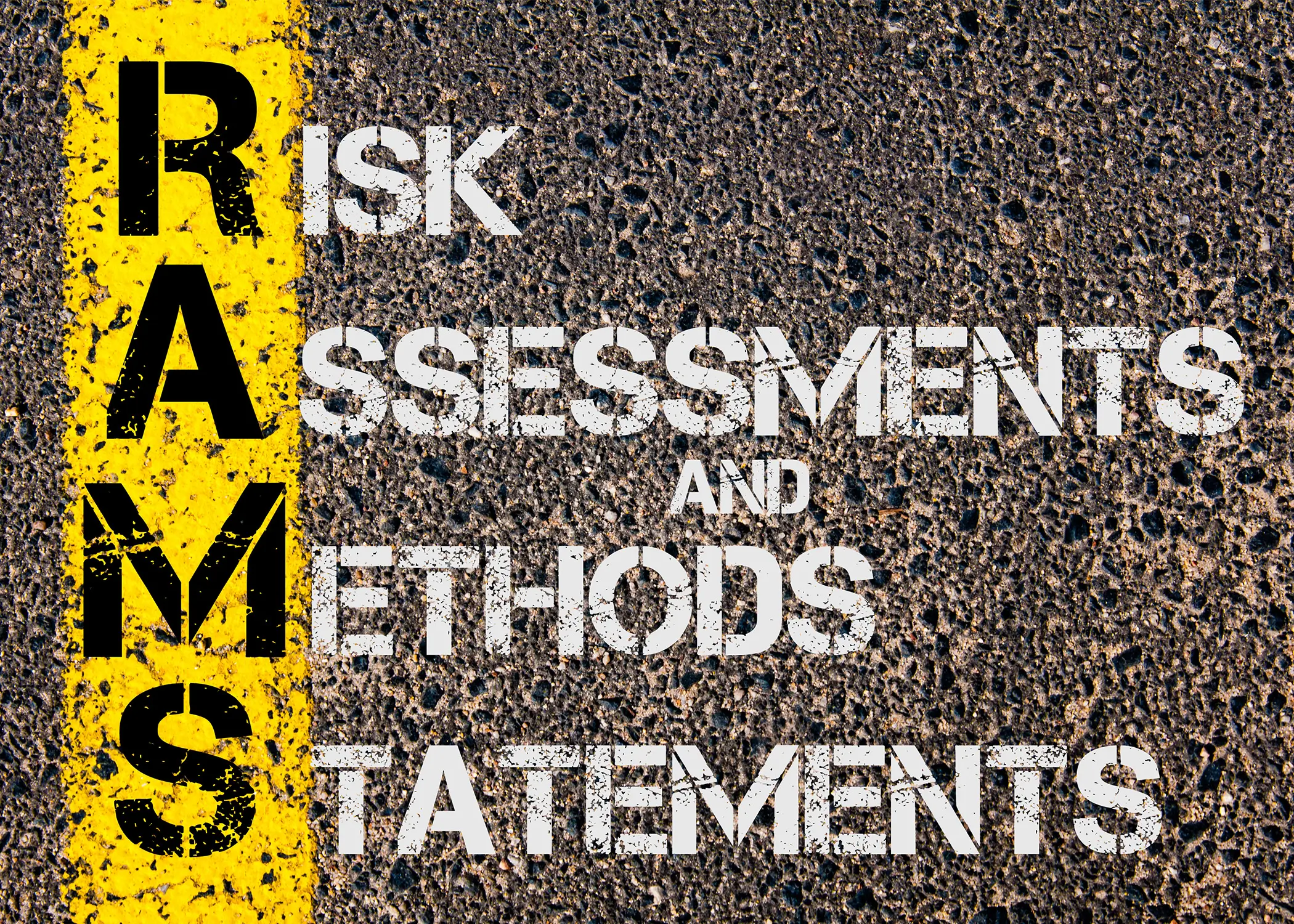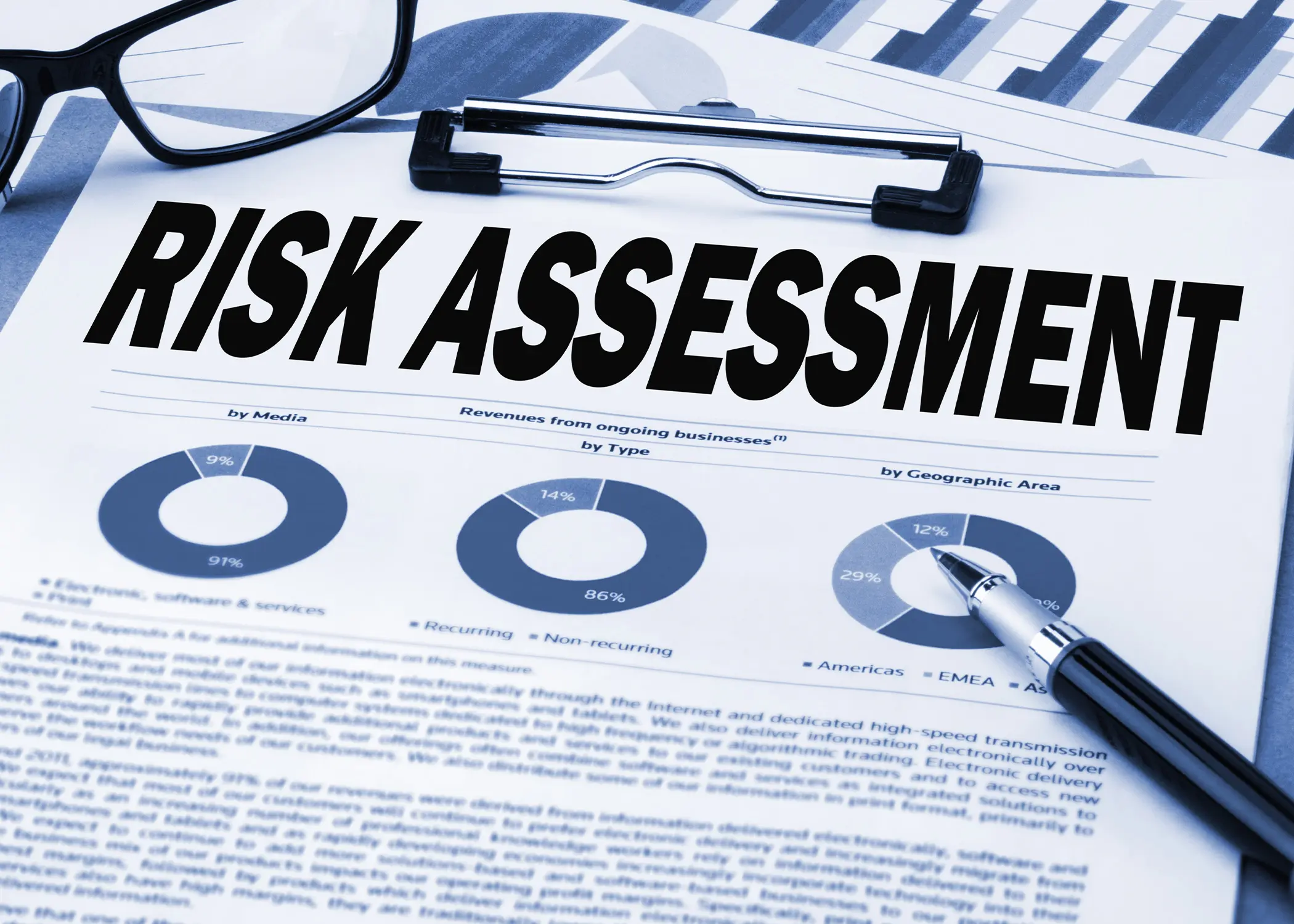Dual Risk Assessment

Simplifying Risk Management: Your Step-by-Step Guide to Effective Risk Assessment with RMT Solutions
Safety risk assessments are essential for businesses and self-employed individuals. They help create a safe and productive environment while capturing the essence of safety risk. These assessments involve careful identification of hazards and evaluation of risks, allowing for early detection of potential issues that could impact a business’s operations, finances, or reputation.
By implementing strategies to reduce risks and control measures at this stage, companies can plan effectively to minimize or avoid these threats altogether. Moreover, building a culture of safety awareness within the organization empowers employees to engage in the risk management process actively.
Encouraging open communication and regular training helps businesses adopt a proactive approach to safety, protecting their workforce and boosting overall morale. This dedication to safety can lead to better employee retention and a stronger brand reputation, as clients and partners increasingly prefer to work with organizations that genuinely prioritize health and safety. Ultimately, making safety a core value of a business is not just about meeting regulations; it is a strategic advantage that can drive long-term success.
A thorough risk assessment is vital for a strong safety management system and is key to creating a safe system of work (SSOW). This process involves important steps like spotting potential hazards and putting effective risk control measures in place.
By regularly reviewing and improving these systems, both businesses and self-employed individuals can greatly lower the chances of accidents. This not only enhances safety but also increases productivity and efficiency, ensuring that tasks are completed in the safest and most effective way possible.
Following HSE risk assessment guidelines is not just a wise business decision; it is also a legal obligation in many places. These health and safety regulations, including workplace safety laws, emphasize the importance of conducting thorough risk assessments to meet legal requirements and create a safe work environment.
For instance, the Health and Safety at Work etc. Act 1974 and the Management of Health and Safety at Work Regulations 1999, along with other key safety laws, mandate that organizations and self-employed individuals perform HSE risk assessments.
This is essential for adhering to occupational health and safety standards. Failing to fulfill this duty can lead to significant fines and harm a company’s reputation, as well as pose risks to employee well-being.
In summary, risk assessment is vital for both businesses and freelancers. It helps create safe workplaces, boosts productivity, and ensures that safety training and emergency plans are properly followed. Furthermore, it serves as a proactive measure to manage risks and supports effective incident reporting.
Conducting regular safety audits, fostering a strong safety culture, and following safety policies not only shield businesses from potential dangers but also promote sustainable growth and success.
Thus, risk assessments are essential for a company’s safety practices and are crucial for maintaining a strong and thriving business.
UnderstandingRisk Managmentrisk managment
Step-by-Step Guide to Conducting a Risk Assessment
Step 1: Set the StageDefine the scope: Clearly outline the limits of your risk assessment.Identify your assets: List the assets that could face risks, including both physical items and valuable elements like data, staff, and your brand’s reputation.

At RMT Solutions Ltd., we understand that effective risk assessment is essential for any business. It goes beyond just meeting regulations; it’s about creating a culture of safety that protects everyone. Our goal is to help organizations build a strong safety mindset that prioritizes well-being at all levels. With our expertise, businesses can improve their risk management strategies and make safety a key part of their daily operations. We offer customized solutions tailored to each client’s needs, equipping them with the right tools and knowledge to handle risks effectively. Join us in promoting a safer and more resilient future for everyone. Together, we can turn challenges into opportunities and create an environment where safety is a priority.